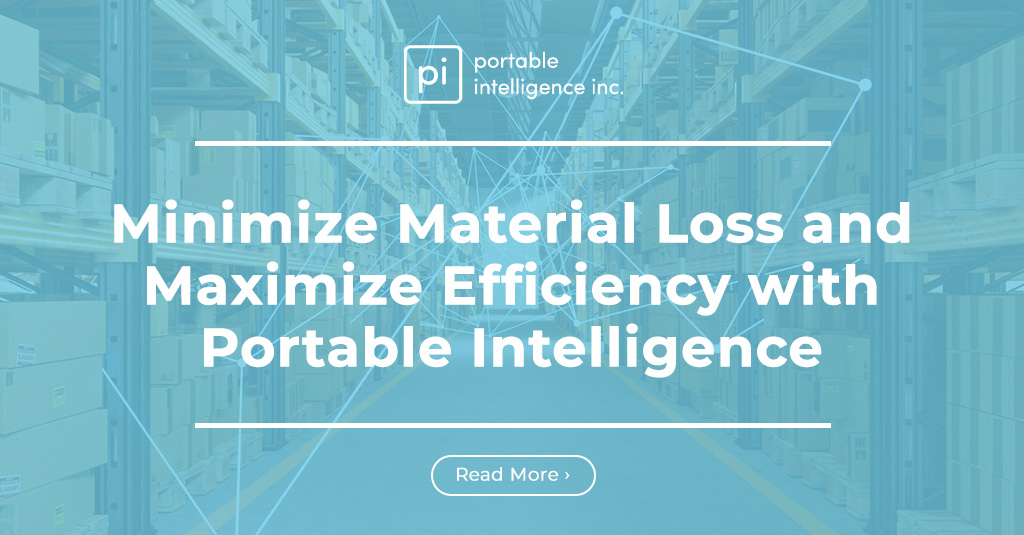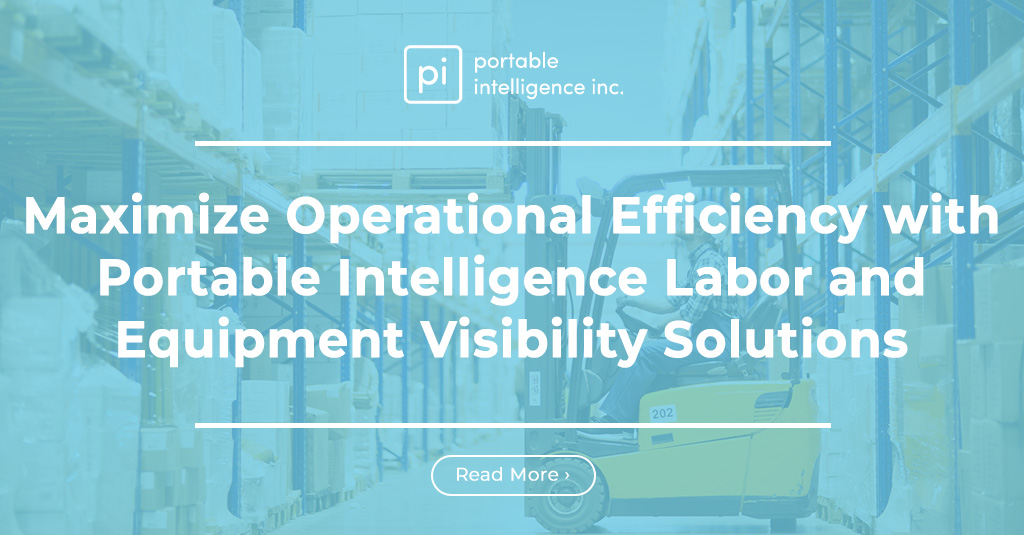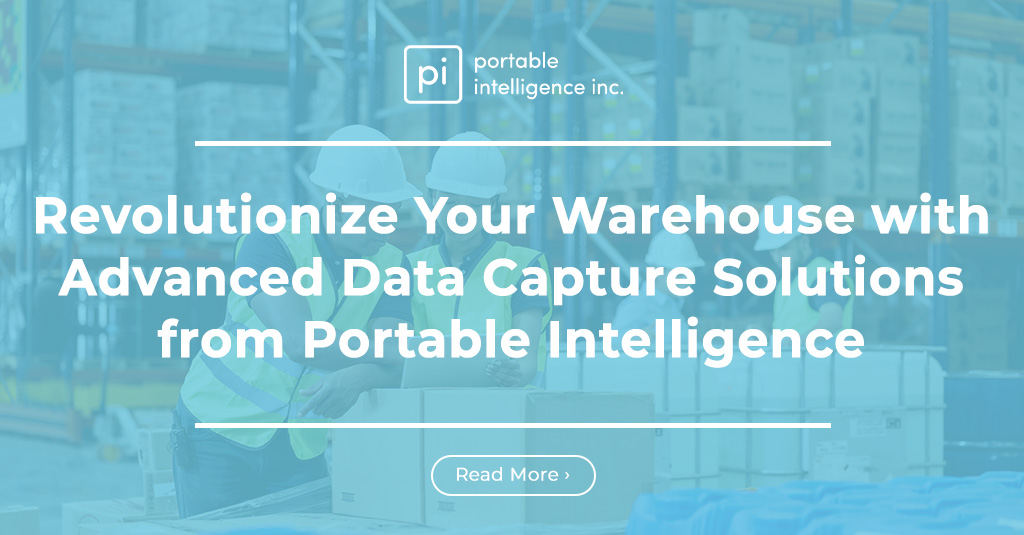The receiving process is one of the most crucial function of inventory management.
Why?
Well, starting on the wrong foot for example a wrong label or a wrong location can affect all the other subsequent processes in your warehouse. Hence, you must take utmost care while performing this vital task.
Below are 3 best practices you can use to ensure that your receiving process goes on smoothly and accurately.
- Advance Ship Notices: ASN is an electronic file that is sent by your supplier in advance of the shipment arriving and contains the contents of a bill of lading such as quantities, weight, part#, lot ID, description, carrier, load configuration, etc. They sometimes include printable barcode labels and scanning them allows you to save time while receiving.
ASNs will also help you assign warehouse resources according to your incoming shipments. Usage of ASNs has been known to reduce receiving costs by as much as 40%. A purchase order management system enables suppliers to complete a detailed ASN document, save it in their platform and automatically send it to you prior shipment. This way your receiving department is always prepared for the shipment and can perform the receiving accurately and in a timely manner. - Schedule your Receiving: While this is a key function of just-in-time manufacturing, you will see this used more in distribution facilities where suppliers are increasingly being held to a strict schedule and penalized if they are late or even early.
Why schedule your receiving? Many facilities have to use the dock area for both receiving and shipping, limited material handling equipment and the need to work around your picking windows. Also, if you’re a cross dock facility and have to do a reverse logistics building mixed pallets of goods, then scheduling receipts is an absolute must.
RF Plus™ for Infor VISUAL ERP seamlessly integrates into Infor VISUAL ERP ensuring that all communications and PO details are updated to VISUAL in real-time. - Vendor Compliance Program: This ensures that product arriving at your dock meets certain minimum standards such as timelines, packaging, labeling, and advance shipment notification. While it is fairly straight forward like putting together a protocol for communications, label standards, ASN, packaging, carrier types, etc. It is much more difficult to enforce. Most suppliers will put your PO#, doing an ASN (if they’re doing it now for another customer), and following a shipment schedule provided you meet their order windows. This is where a supplier scorecard like the one in SourceDay’s PO Management System comes handy. Their supplier scorecard keeps track of supplier price variance, on-time delivery, quality and responsiveness. Suppliers have constant access to their current scorecard and this gives you a framework to evaluate your suppliers and negotiate more favourable trade terms.
An accurate, stress free and fast purchase order receiving process is essential to the operation of a well-run facility.




